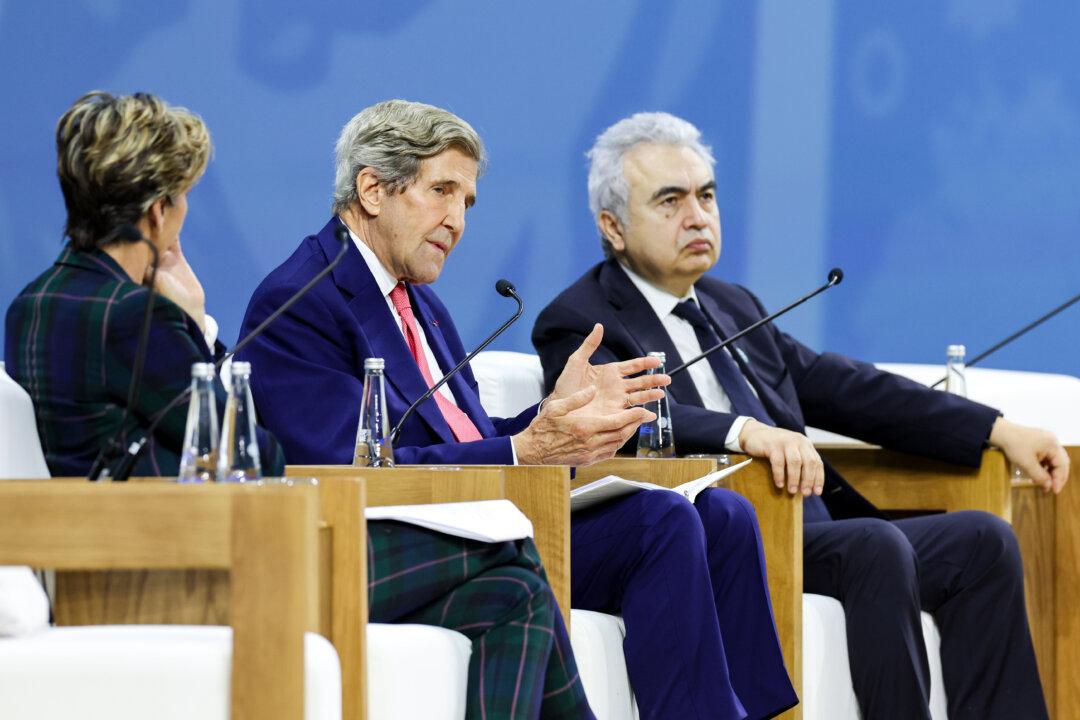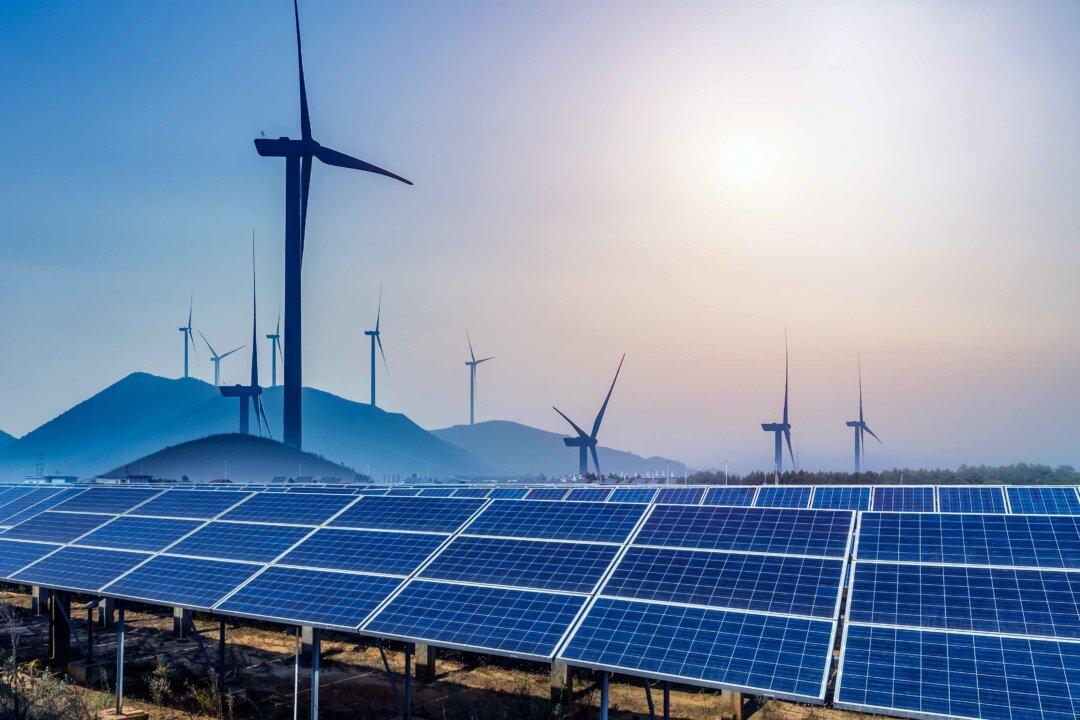This essay is based on testimony delivered on Nov. 29, 2023, before the House Committee on Energy and Commerce’s Subcommittee on Environment, Manufacturing, and Critical Materials.
It is often useful to contrast rhetoric with reality. The phrase “energy transition,” the goal to replace hydrocarbons, has origins that trace back to a 1977 speech by President Jimmy Carter. It was an “address to the nation” that commandeered national media, as is the convention on occasions when presidents seek to deliver momentous news. That address became known, infamously, as the “MEOW” speech because of President Carter framing the “energy challenge” as the “moral equivalent of war.”





